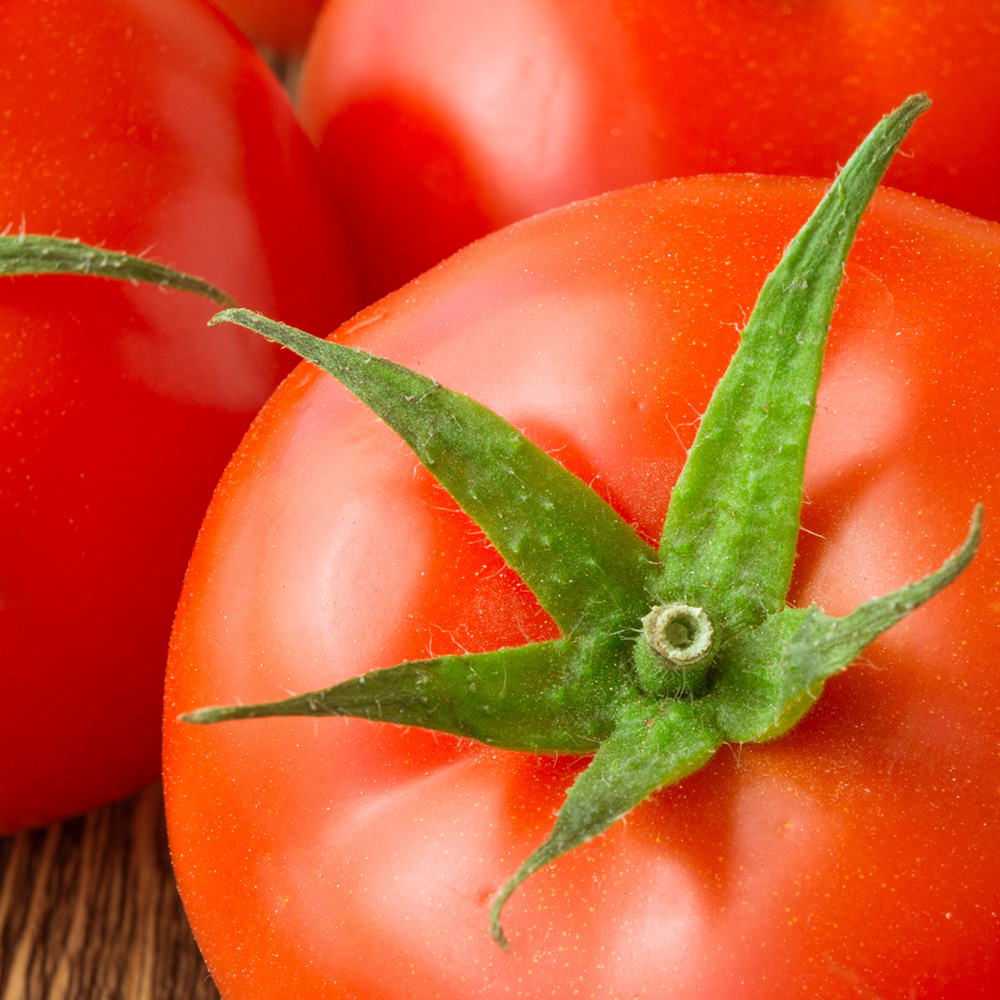by Chris Lesley, of Chickens & More
There are so many things to know about raising chickens that it’s almost impossible to fit even the basics into one article, and even more impossible for beginners to know all of it before they get started. In this article, instead, we’ll go through some of the odds and ends of raising chickens that are easy to lose in the shuffle, but important to know before you bring your hens home.
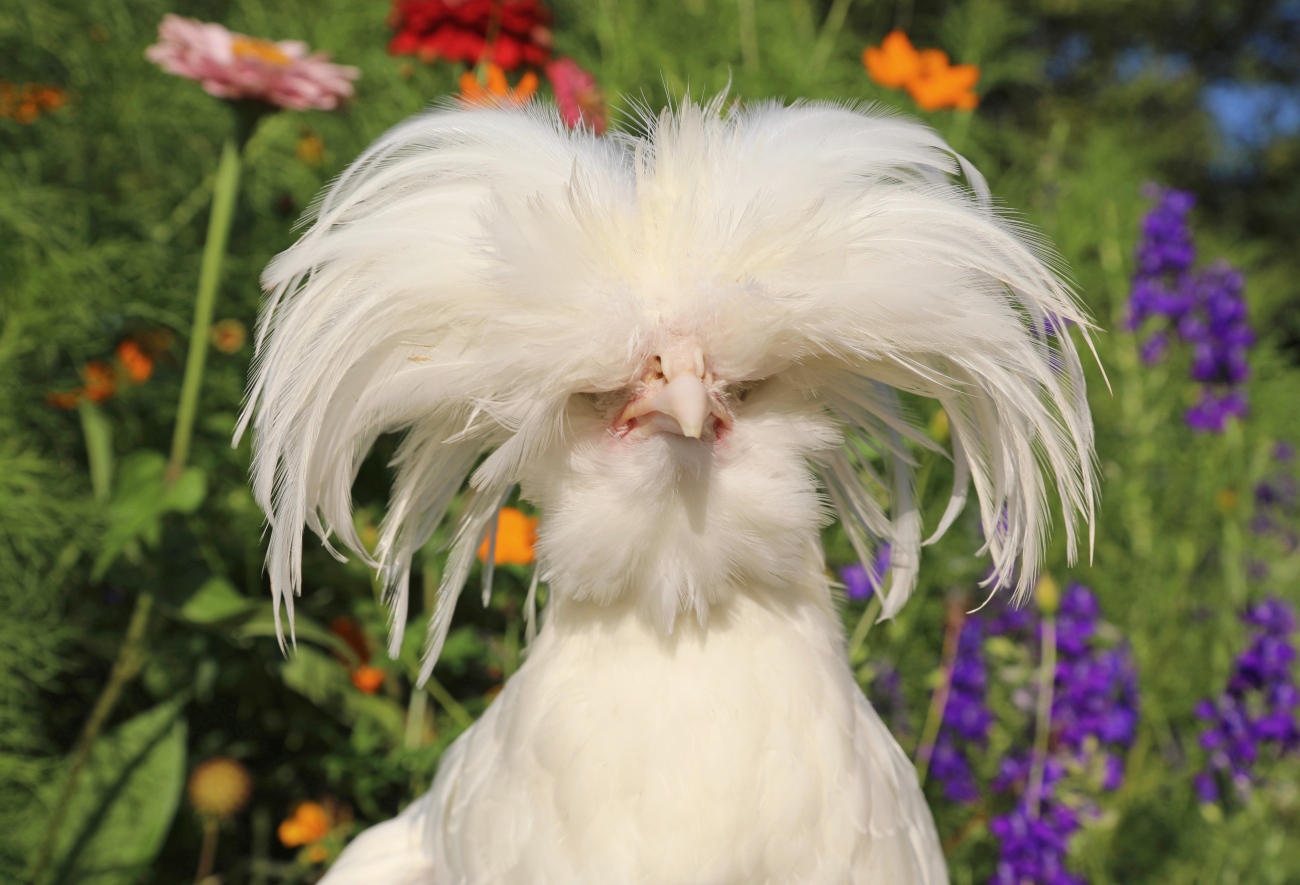
1. Different breeds of chickens were bred for different purposes and have different attributes.
The current population of chickens is the result of hundreds of years of specialized breeding, and breeds were often intentionally bred for a specific purpose. Most often, this purpose is high egg production with egg laying breeds, but there are also breeds intended for meat, ornamental purposes, or cockfighting. These different purposes and histories affect not only the bird’s physical appearance but also sometimes their temperament and behavior.
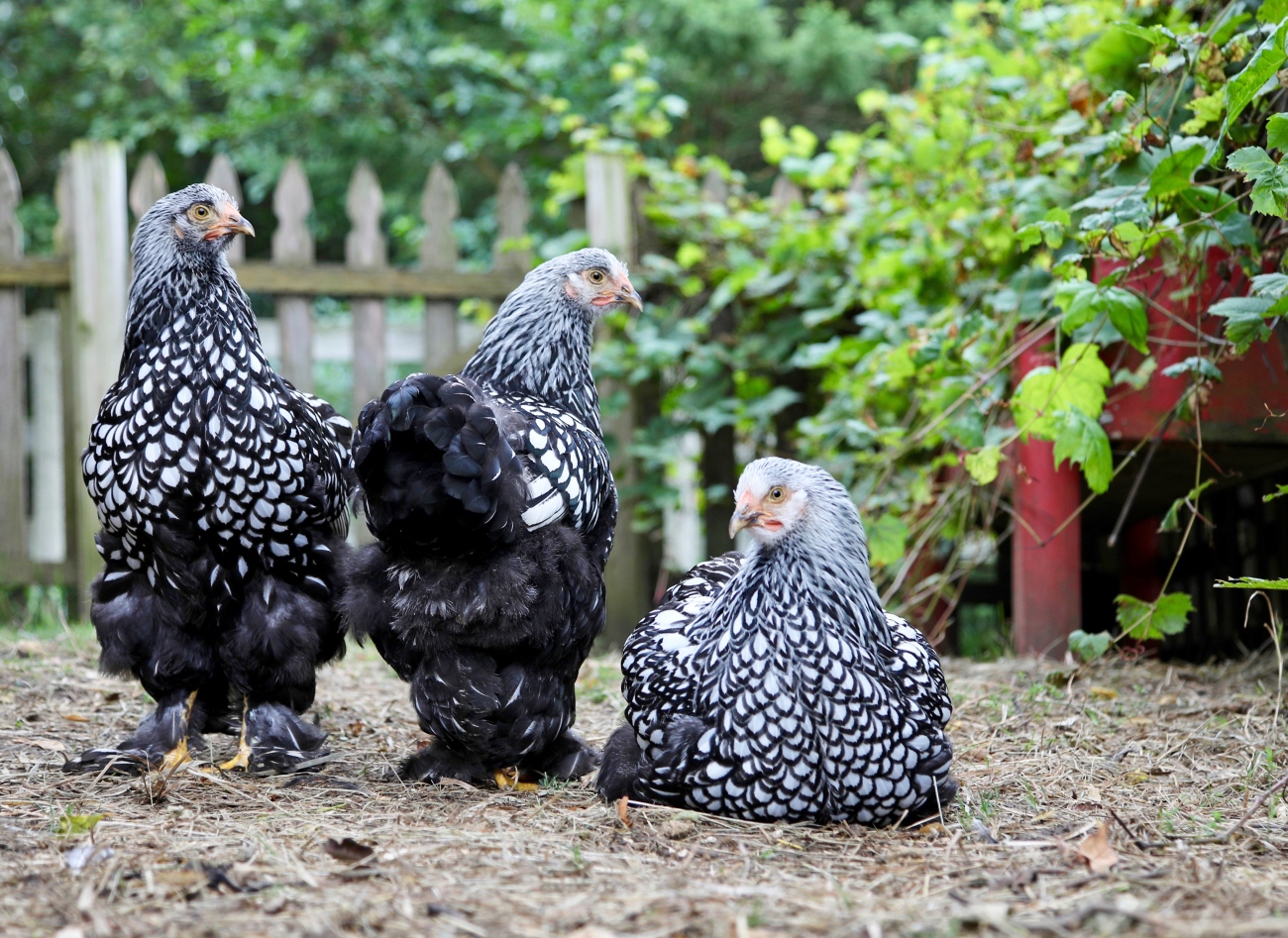
2. Hens must live in flocks of at least three.
Chickens are social flock animals that cannot live alone. Three is a good minimum number that will allow them to establish a social hierarchy and give them a little choice in company. This will help keep things from getting too tense between two birds that may not like each other much.
3. Chickens love to hunt and forage for their own food.
As much talk as there is about the health benefits of free-range chickens, the biggest benefit is how happy it makes your birds. Most chickens love foraging. Additionally, the extra exercise and wider variety of foods does indeed lead to healthier birds and better-tasting eggs and meat. However, free-ranging birds can also be more susceptible to predation and other dangers (like poisoning or cars), so there is a trade-off in allowing your birds to roam free.

4. There are several different kinds of chicken feed.
It can be overwhelming looking for chicken feed, with labels like starter, grower, and layer mixed in with ingredients lists and protein percentages. What feed your birds will need depends mostly on their age and purpose, though breed can also make a difference. Starter feed or chick crumble is for birds under eight weeks older; grower feed takes them from eight to 18 weeks. In general, most hens will need a 15-18% protein layer feed after about 18 weeks, or whenever they start laying.
5. Chickens can be aggressive with other animals and each other.
People often underestimate how aggressive and even violent chickens can get, both with one another and with any small animals that get into their run or coop. Fortunately, if your hens have enough space and enrichment in their daily lives, this dark side is unlikely to manifest in your flock.

6. A hen’s egg production can fluctuate with their age and the seasons.
Older hens gradually lay fewer and fewer eggs as they age, until they eventually stop altogether. Laying also usually slows down during the winter, although this varies by breed and can be counteracted by introducing artificial light. There are also certain medical conditions that can cause hens to slow down or stop laying.
7. Hens clean themselves by dust bathing.
Feathers don’t dry off as quickly as skin or fur, so chickens don’t bathe in water; instead, they use dust baths to clean excess oil off their feathers and, most importantly, to kill any lice and mites in their feathers that can cause them discomfort or carry diseases. The parasites suffocate in the dirt that the “bathing” motions kicks up into their feathers.
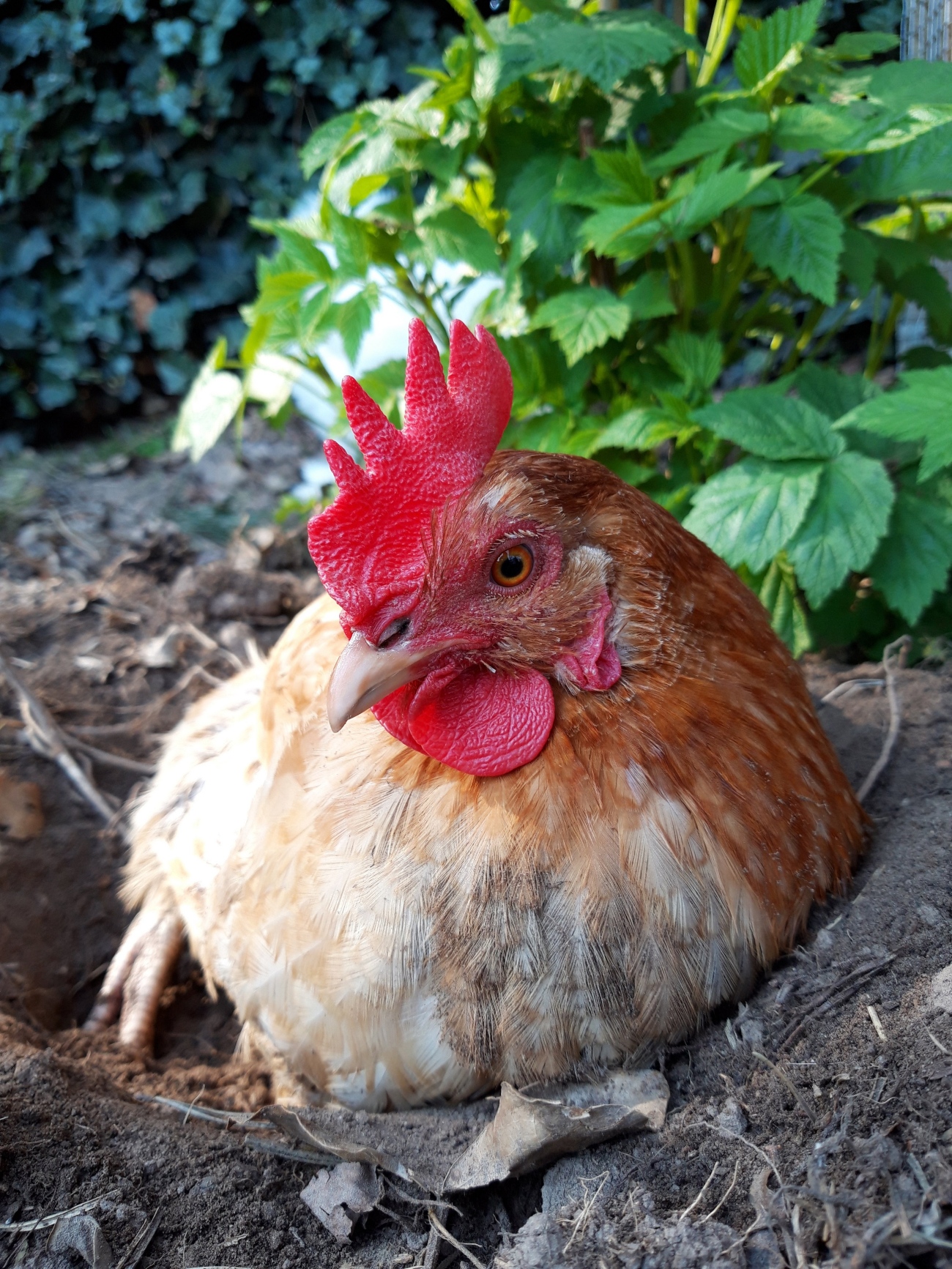
8. Chickens can be a mixed blessing for gardens.
Chickens can make great pest control for gardens, as they’ll eat anything that buzzes, crawls, or wriggles. That means they can also destroy beneficial populations like earthworms and ladybugs. They’ll be happy to eat up any weeds or undesirable plants – along with your prize tomato harvest.
9. Some breeds make excellent and very friendly pets.
Most breeds that you see touted as great layers or reliable dual-purpose homesteaders can be friendly, but aren’t companion animals. However, breeds like the Silkie and some other ornamental breeds can be raised to be essentially trained lap birds. Some breeds, like the Plymouth Rock, can wear both hats, but not at the same time; a pet bird will have to be raised separately from layers.
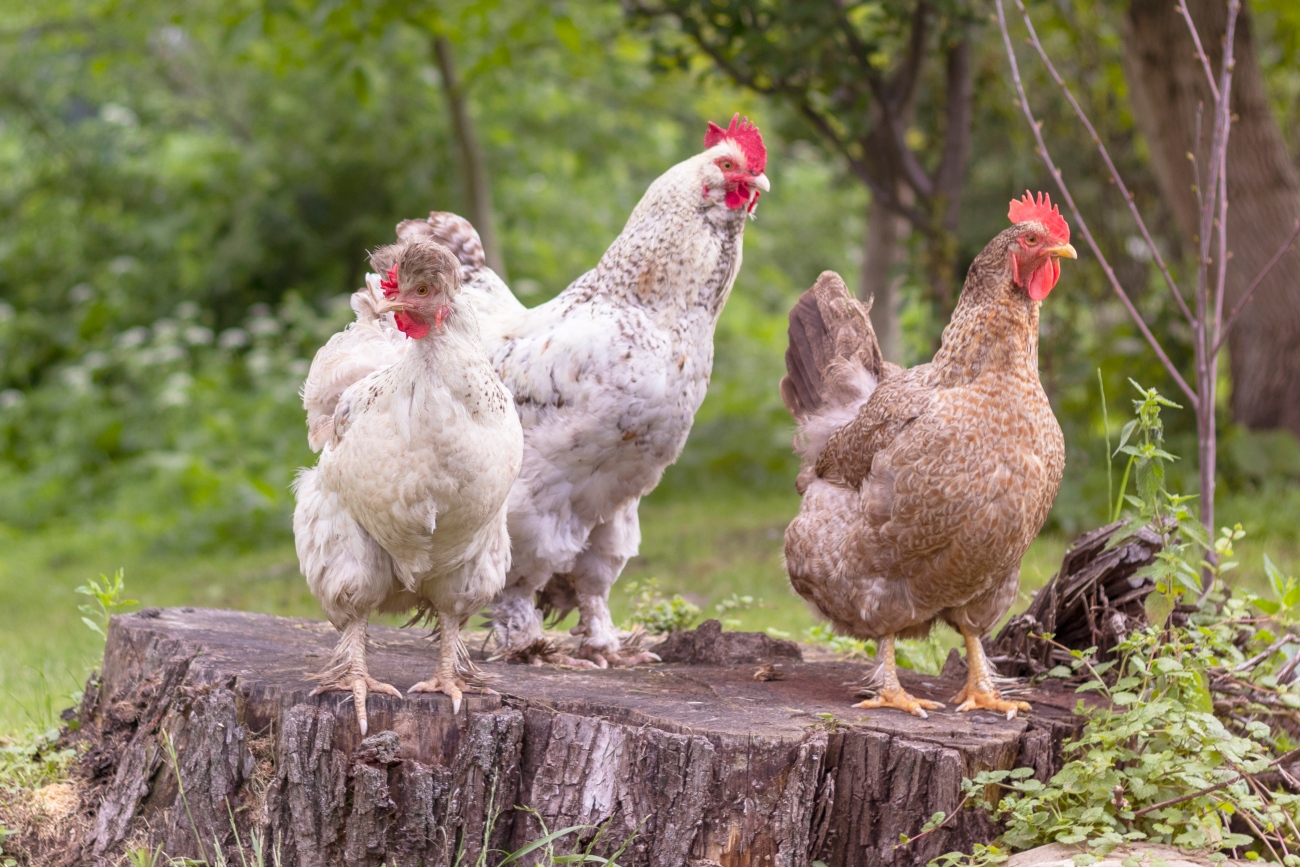
Raising chickens is a complex undertaking that requires a lot of knowledge that can’t be acquired through anything but experience. However, keeping these things in mind will help flatten the learning curve and make your adjustment to chicken owning smoother and a lot more fun.













